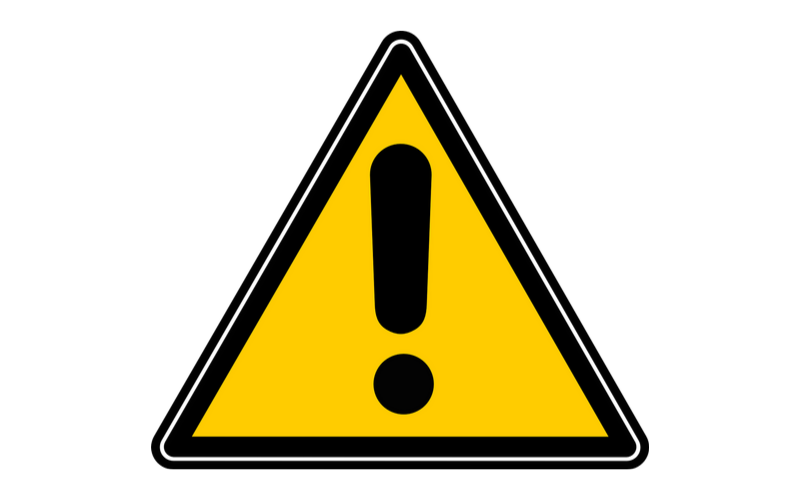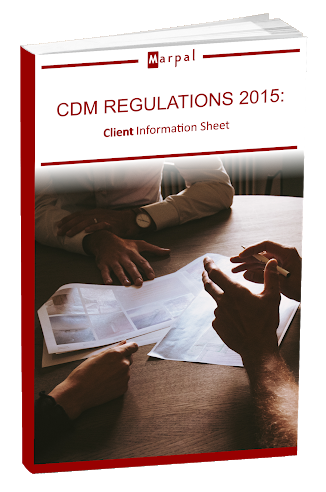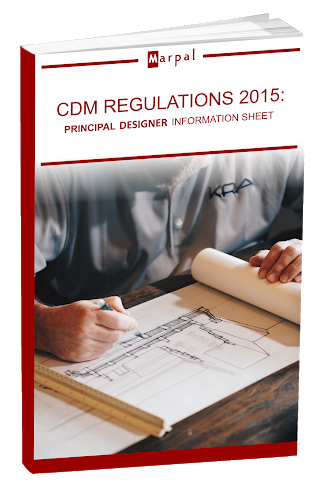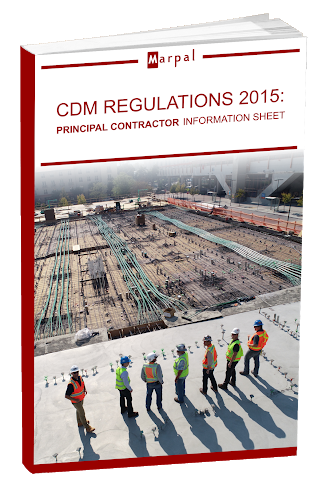
Over recent years, Health & Safety experts have noted that when carrying out risk assessments, some organisations list every risk that comes to mind. However, this tendency to over-catalogue hazards is unnecessary.
Instead, it is more productive to assess risk levels realistically, concentrate on significant hazards and focus effort where it is worthwhile. Below, we discuss how to achieve this aim and make the resulting safety policies more effective.
Deciding Whether Hazards Are Significant
A hazard is significant if it can cause:
- Serious harm, or
- Any degree of non-trivial harm, depending on individuals’ level of exposure to it, or
- Harm which does not usually manifest itself or become detectable until significant time has elapsed e.g. exposure to Asbestos.
Assessing Significant Hazards
Health & Safety Regulations require any organisation to carry out a suitable and sufficient assessment of all the significant risks to employees, visitors, suppliers and the public as applicable and these must be recorded if the organisation employs 5 or more persons. Such assessments aim to control the level of risk.
Crucially, the competent person who assesses the risk(s) should consider what could happen, as well as whether the employer is doing enough to prevent such harm. In this sense, an HSE decision matrix provides guidance. The assessor records the findings in the organisation’s safety documentation, which is subject to regular review and updates.
In low-risk environments such as shops or offices, completion of mandatory assessments is usually straightforward. However, for busier sites with multiple hazards, including the construction, warehousing, transport and manufacturing sectors, additional expertise is advisable. Even if one location is similar to another, the necessary risk control measures probably differ due to the diverse characteristics and conditions of the individual working environment.
How Hazards Differ
Typically, depending on different sites, physical hazards might include:
- Electric shock due to exposed conductors, frayed cables or inadequate safety practices
- Falls from height
- Toxic chemicals
- Flammable substances
- Slipping on wet, greasy or oily surfaces
- Tripping due to unexpected objects, open drawers or uneven walkways
- Hearing impairment due to excessive noise levels
- Injuries due to automated machinery, power tools and stacked objects or packages.
After identifying hazards, the assessor should quantify how much harm each could cause, in addition to the likely frequency. Some job specifications may involve a high risk of repetitive strain injury, for instance, whereas this factor might not affect other roles. Home care staff could be at risk regarding their personal security, but this is irrelevant in office environments. As another example, call centre workstation seats need to be ergonomically adjustable, whereas the criterion would not apply to manual workers.
Significantly, employers have a legal duty to protect their employees’ overall wellbeing by eliminating unnecessary stress factors at work. In particular, office workers might be susceptible to psychosocial hazards such as bullying and excessive workloads. Demanding deadlines and poor management can also lead to mental health issues.
Thus, risk assessments ought to deal only with relevant and significant hazards for each particular workplace. As a result, the organisation and its employees benefit from enhanced awareness of the likely risks and increased levels of safety. These should then be reviewed following any changes to the work environment, working practices or the employees themselves.
What Next?
At Marpal, we provide CDM and Health & Safety consultancy to businesses and contractors working in the construction and property development markets. To find out more about assessing and managing hazards in the workplace, please call 01332 668877, or email [email protected]
Image source: Pixabay





